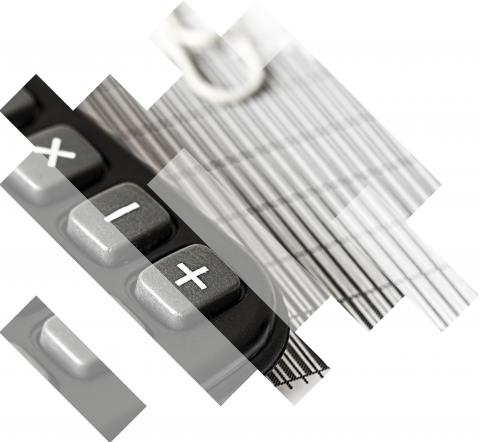
The Franchise Business Model
When setting up a franchise organization, it is crucial to calculate whether there is sufficient earning potential for you as the franchisor and your future franchisees. After all, franchising is a form of commercial cooperation that should provide a healthy return for both parties. To help you gain insight into this, Koelewijn & Partners has developed a calculation model, the Franchise Exploitation Model©. With the results of this model, you can map the earning potential and establish your compensation system.
The earning potential of your franchise organization
The Franchise Exploitation Model© supports making financial and strategic choices for the collaboration to be set up. Before you start franchising, it's important to know how much you will need to invest in a franchise, what the ongoing costs are, and what the expected revenues will be. It is important that this is not only clear to you as the franchisor but also to your future franchisees. When creating this model, we use the relevant historical financial data of your organization combined with realistic market expectations.
The franchise revenue model for the franchisee
If a franchisee shows interest in your franchise organization, their first question will be: "What does it cost, and what does it yield?" Or, "What is my expected turnover and return?" We advise you as the franchisor not to provide forecasts on this. However, it is your duty of care to only connect a franchisee to your franchise formula if there is a reasonable expectation that the business will be profitable. This model provides insight by mapping the investment, ongoing costs, and expected revenue. For a franchisee's investment, think of paying the entrance fee, renovation, inventory, and working capital. Ongoing costs include, for example, personnel, rent, purchasing, marketing, and office expenses. Combined with the expected multi-year revenue development, the exploitation and growth scenario of the franchisee are made clear.
The franchise revenue model for the franchisor
If you become a franchisor, your role changes. You will need to set up a central organization that brings additional costs. For you as the franchisor, we also use the model to map what your expected investment, costs, and revenue will be. Think of investment in areas such as our support, the development of marketing materials, setting up a pilot, etc. Your ongoing costs will be mainly based on supporting your franchisees and further developing your franchise formula. Consider costs for marketing, automation, training, and general expenses. The expected revenue comes from the revenue you receive from your franchisees combined with the expected growth in the number of franchisees per year. The fees received from franchisees are the final factor we determine in the model.
Determining the compensation system through the Franchise Exploitation Model©
The link between franchisor and franchisees in this model makes it possible to establish an appropriate compensation system. Examples of different compensations include:
Entrance fee
An entrance fee is charged to your franchisees as compensation for the investments the franchise organization has made in developing the franchise formula and recruiting new entrepreneurs. Examples include brand awareness, support when opening the franchise location, training for the franchisee, and providing a territory.
Franchise fee
The franchise fee, also known as the franchise compensation or royalty, is meant to cover the services that the central organization provides to the franchisee. The franchise fee also includes a profit component for the franchisor, essential for creating continuity for the central organization.
Marketing fee
The marketing fee, also known as the marketing compensation and promotion fee, is meant to cover the costs of the national and/or local advertising and promotion policy.
Automation fee
The automation fee, also known as the automation compensation, is intended to cover the automation costs of the franchise formula.
Distribution fee
The distribution fee represents a margin that the franchisor earns on products purchased by the franchisee through the franchisor.
Result of the Franchise Exploitation Model©
The Franchise Exploitation Model© will be thoroughly discussed over several meetings. Upon completion of the Franchise Exploitation Model©, the investment and exploitation scenarios are worked out, and the compensation system is established. This provides a complete picture of the earning potential for the central organization and for the franchisees. You are then ready to translate this, together with the Franchise Business Plan, into the franchise contract(s) and the franchise manual!

